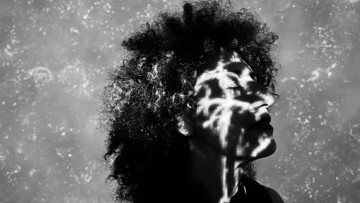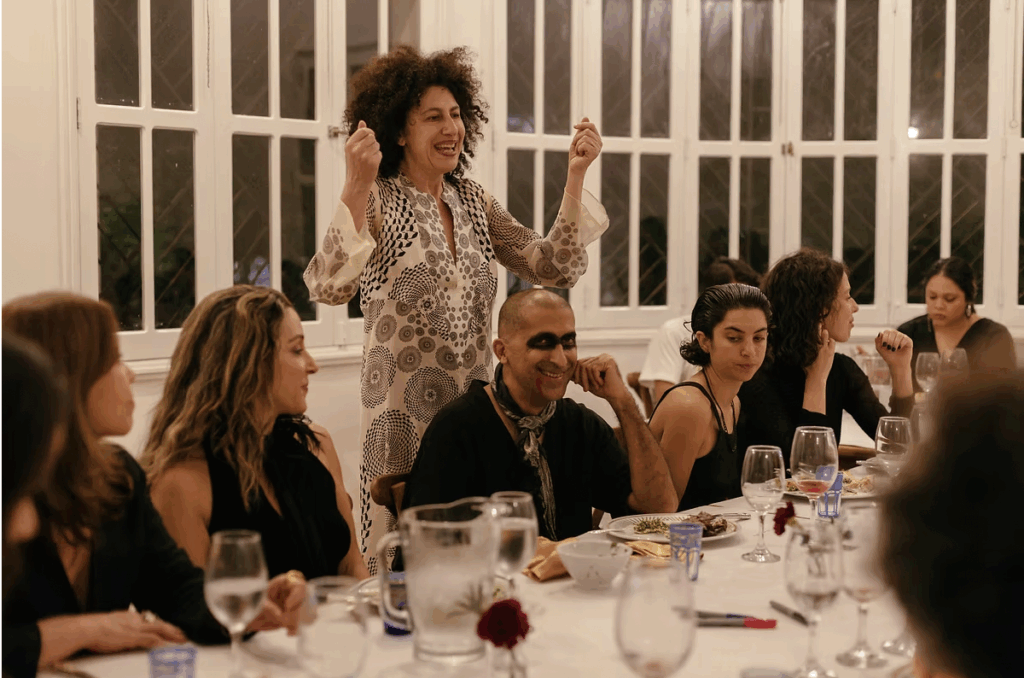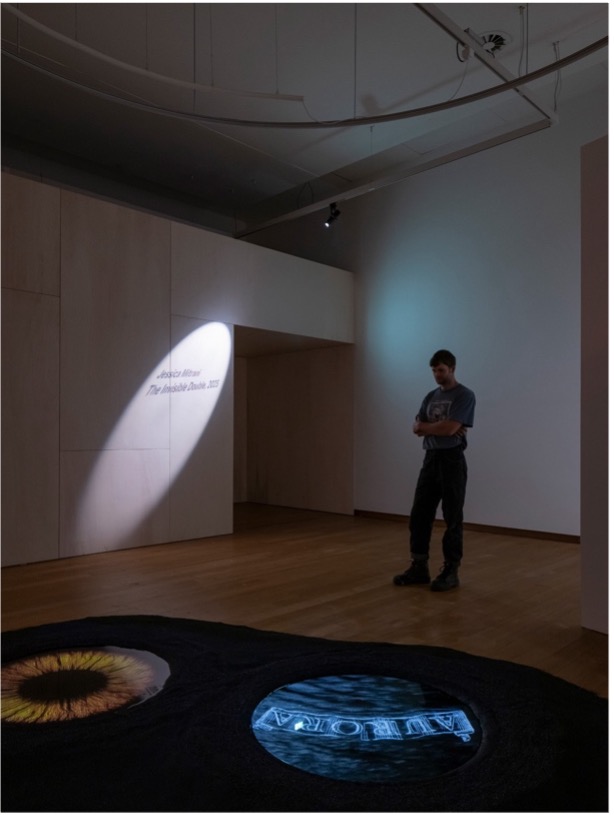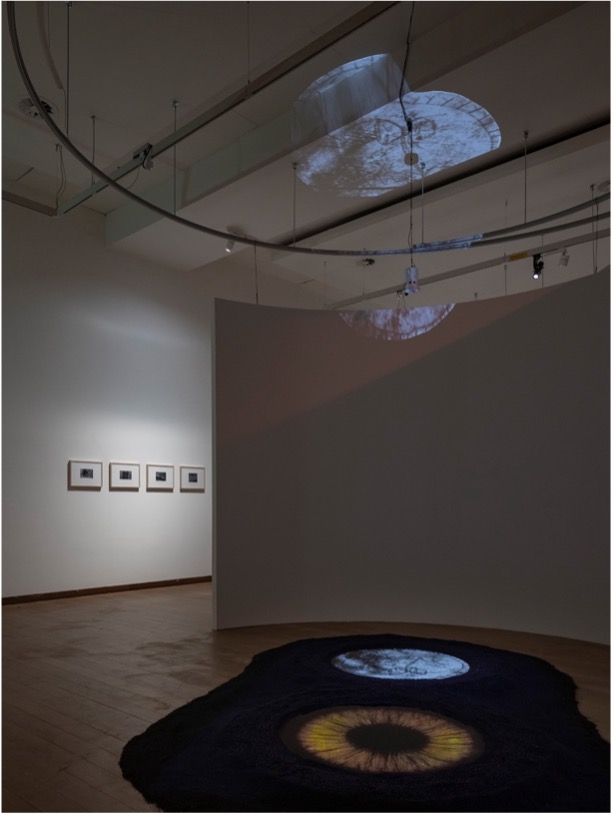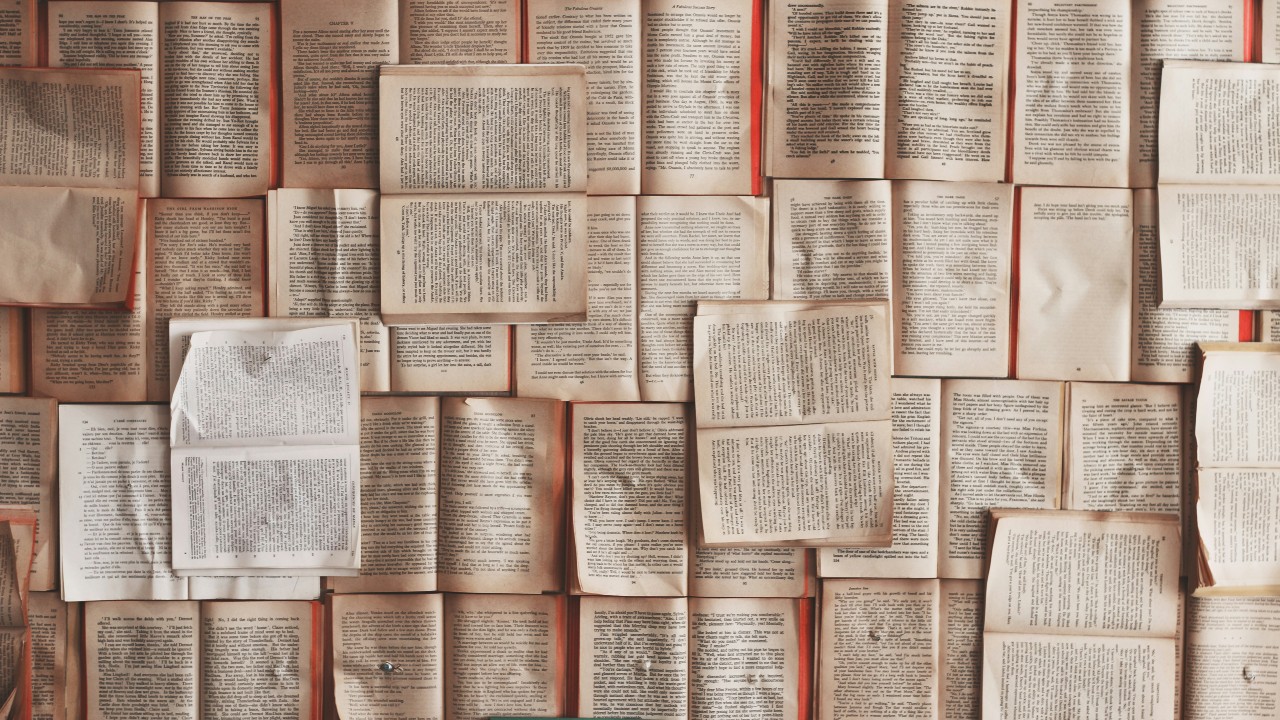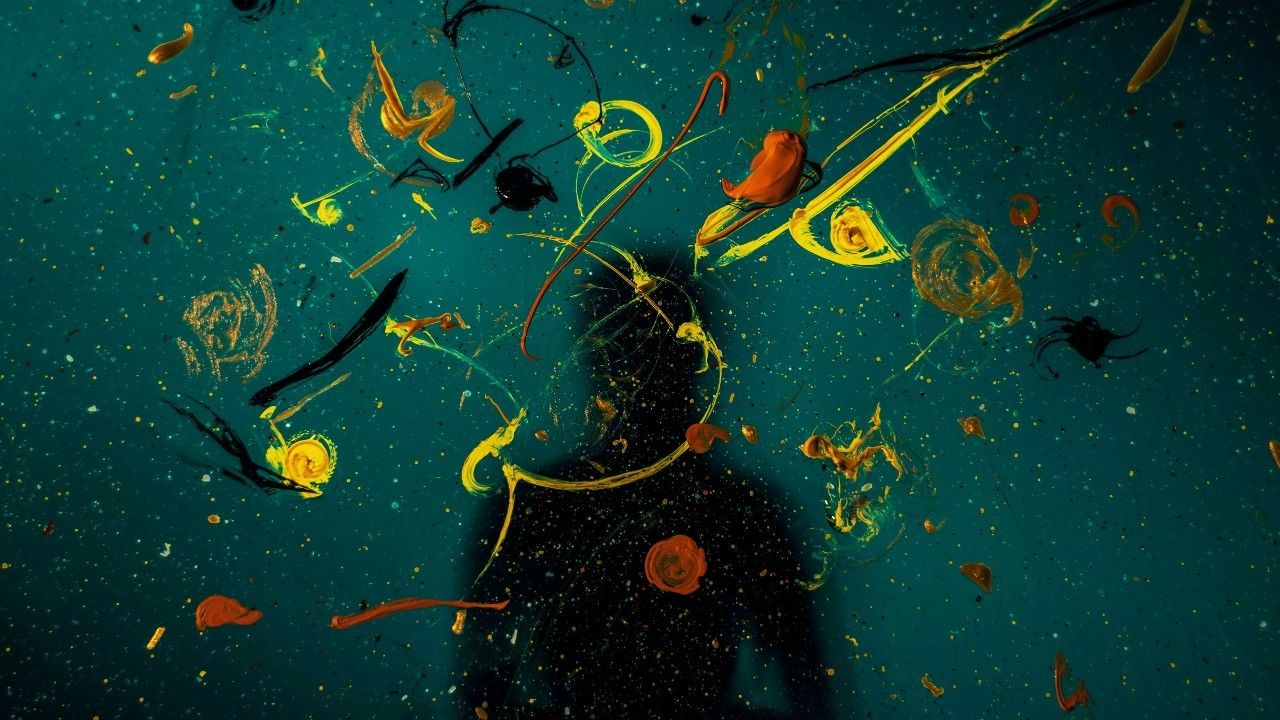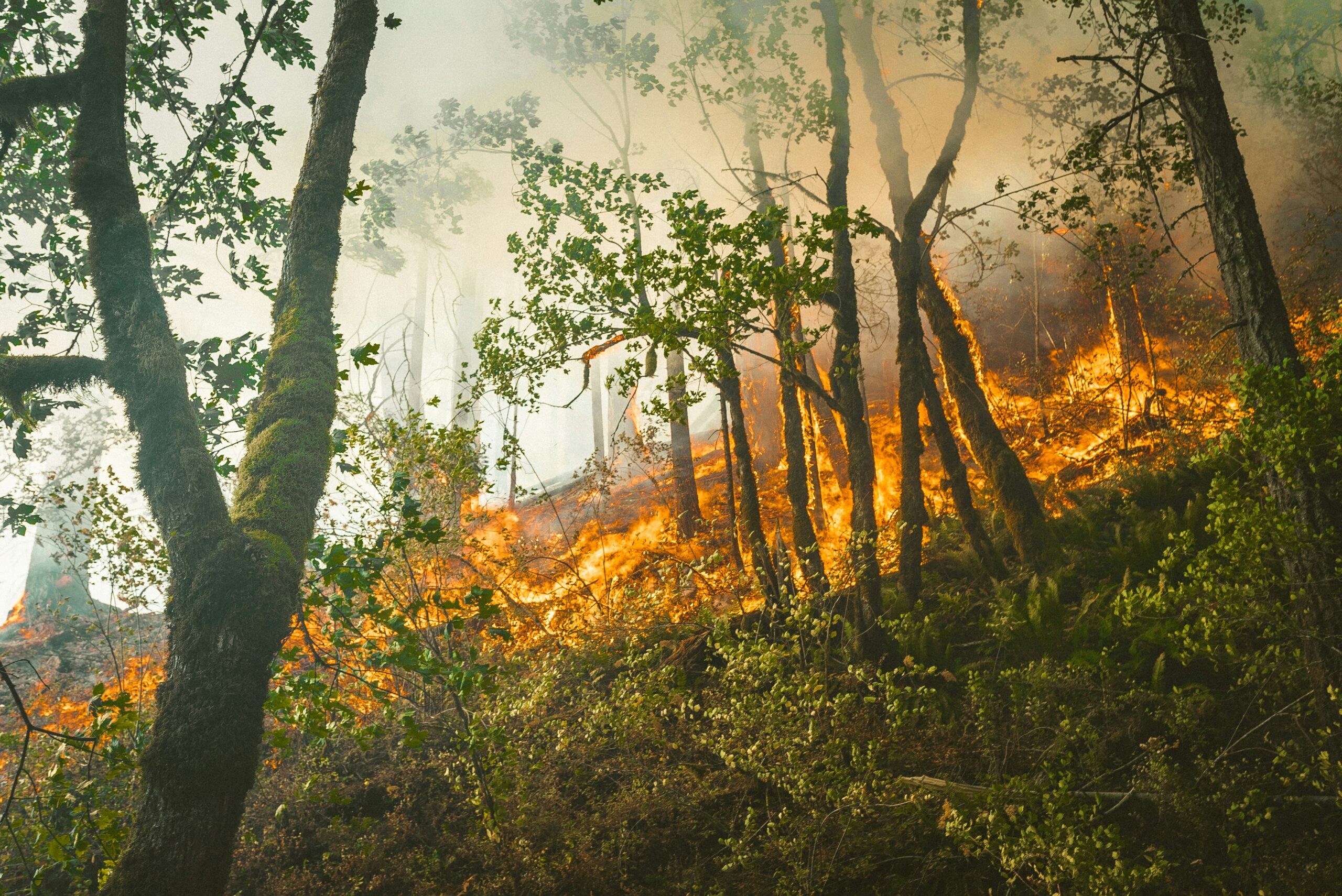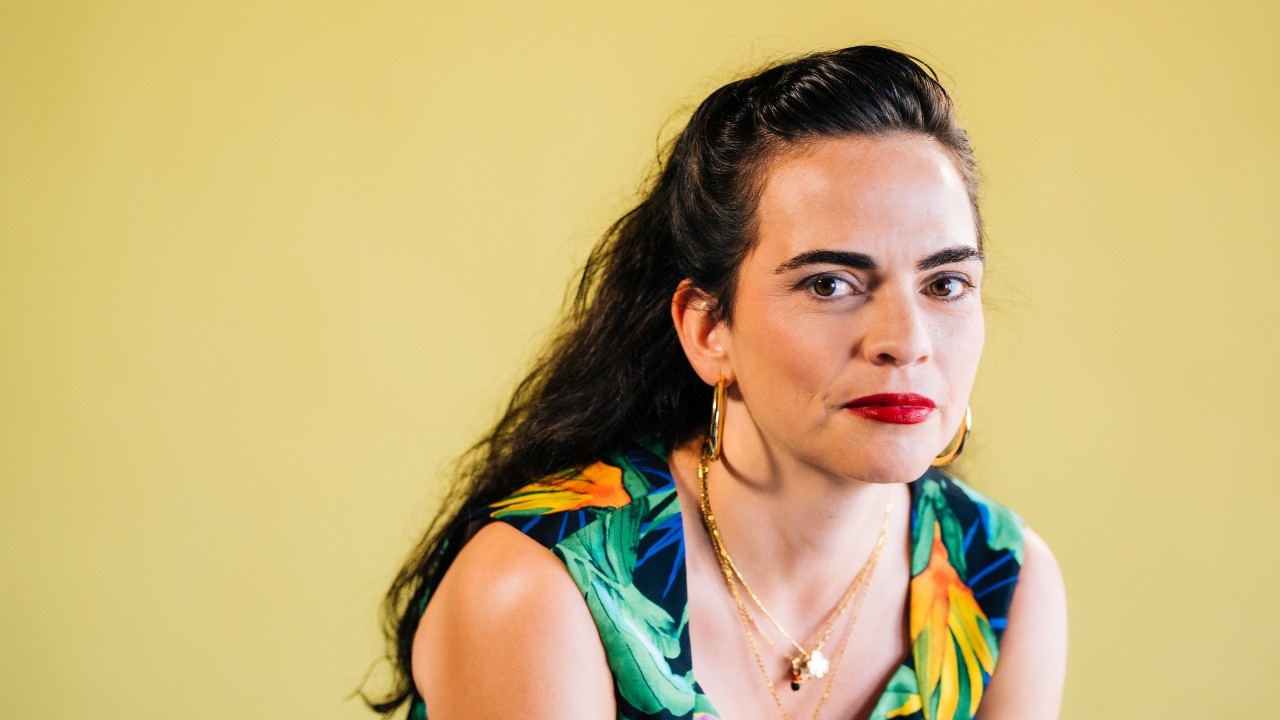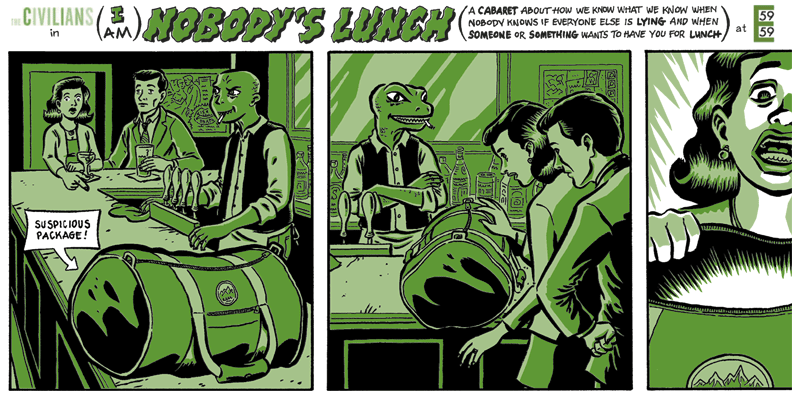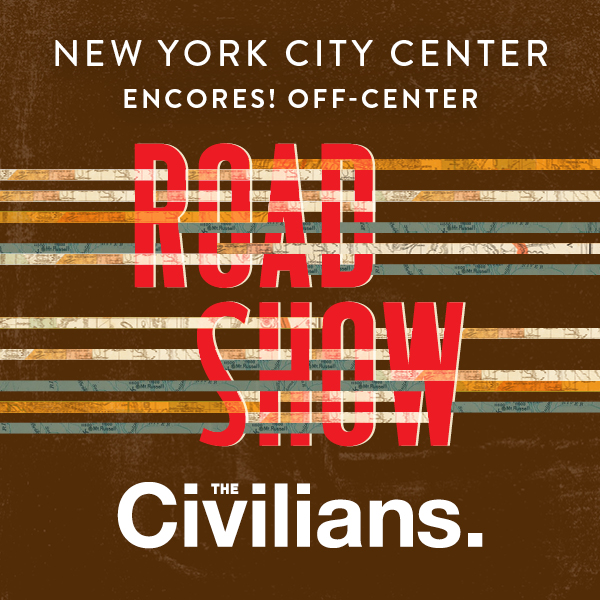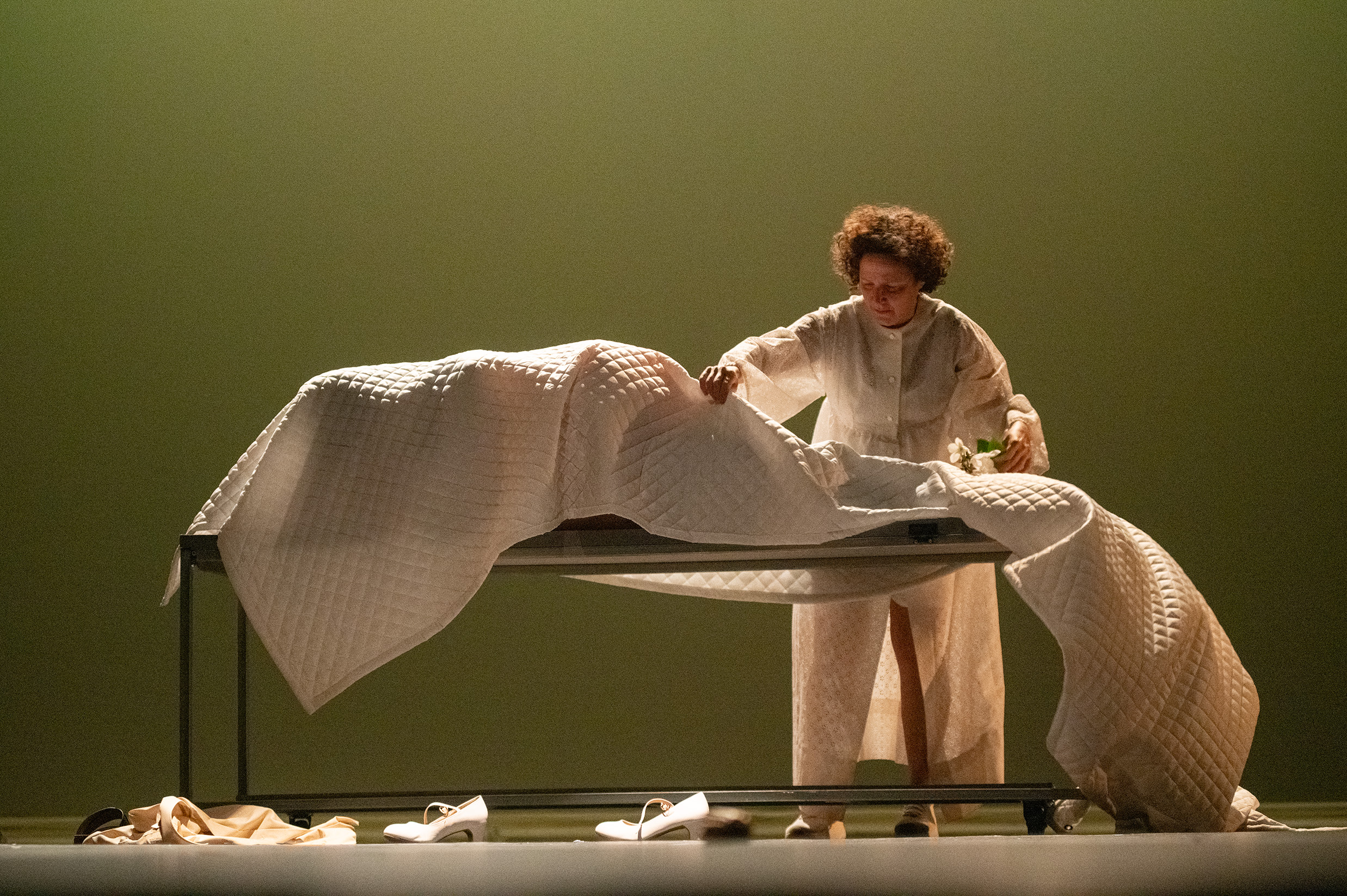Jessica Mitrani is a multidisciplinary artist whose work stretches across performance, video, and installation. I first met her on a workshop of Sex Variants (a project she co-conceived) where she was animating antique medical illustrations of vaginas into a singing choir. Jesscia’s work consistently redefines itself, grounded in an attentive exploration of identity, relation, and narrative. She’s a tireless artist, a fountain of artistic references, and one of the great conversationalists. Recently, I sat down with her to discuss her body of work and try to get a taste of how she maintains such a consistent and interesting creative practice.
The following has been edited for length and clarity.
JAMES
I know a little bit about this already, but I’m wondering if you could talk about your background as an artist.
JESSICA
Yeah, it’s very interdisciplinary, for sure. I have a background in law. I was a lawyer in Colombia, where I’m from. So, I’ve always been really interested in humanities. At the time, law was what was available for me. I don’t think I could have said at that time, “Oh, I want to be an artist.” And the idea of law and the philosophy of law really interested me.
I did a year in family law, and I also did mediation. When I was doing mediation between caretakers of minors, I started noticing how performative identity was. I was really young. I think I was like 20, maybe mid-20s, and after a lot of theory, all of a sudden, you’re behind a desk in front of real people. And the demographics were quite different from what I was used to. It was a place that was really on the outskirts of Barranquilla, where I’m from. My office was basically one of the only resources that the communities had there. I noticed that when they came to see me, they would bring their best clothes and they would try to, you know, portray themselves [in] a certain manner. I would listen to one side, and then a week later I would listen to the other side. I mean, I believed both people! So, that was interesting.
At the same time, I enrolled in a feminist theater group. And the theater group was very – this was 1990s – but the theater group was very 1970s. It was an all-women’s group. We would like, you know, take a whole house and each character would be in one room and people would run around the house and see the different characters. My characters were often mute. We did a lot of choreographic phrases. So, I had to develop my own vocabulary, my own physical vocabulary. I feel it was very therapeutic. So, between the mediation and the theater practice…I was very interested in narrative, in storytelling, in identity, in roleplay. Literature has also been a very big anchor for me. I love biographies, I love women biographies.
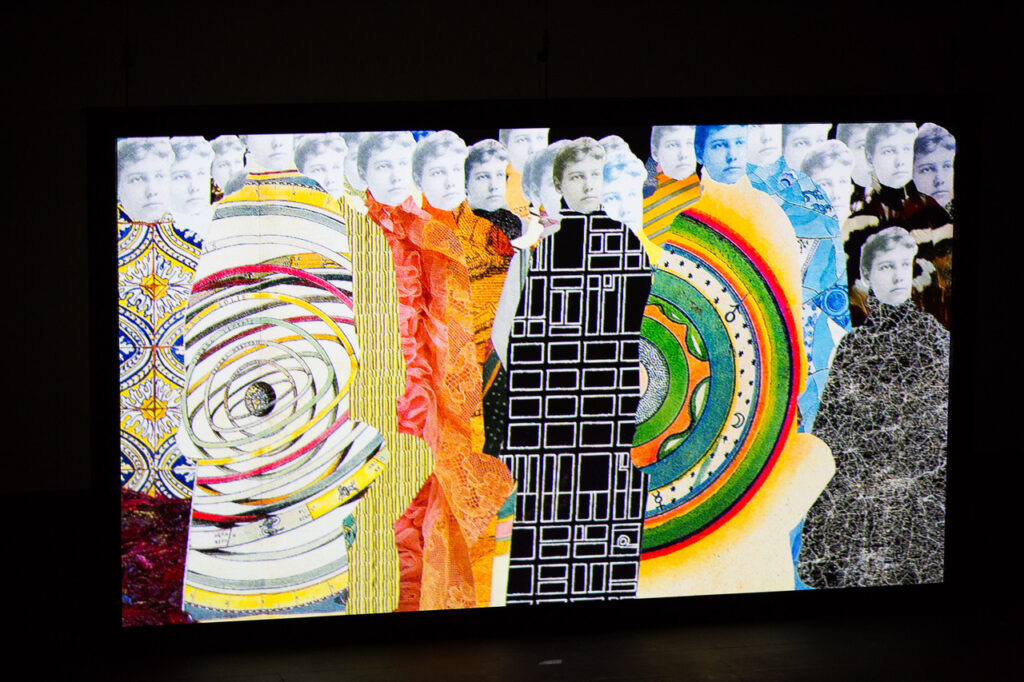
After that, I assisted on a feature film in Barranquilla. I assisted the director from the script to the filming. That was a great opportunity, to be a part of a complete project from beginning to end. That helped me develop skills. After I assisted this director, I did a short film called “Rita Goes to the Supermarket” which I wrote and directed. And that film brought me to New York. I consider “Rita Goes to the Super Market” my first jump to, “Okay, I will be doing creative things.”
When I came to New York, I did a master’s at the New School. At the time, the New School had a joint MFA with the Actor’s Studio. I had to choose one of the three tracks: playwriting, directing or acting. And I’m like “Okay, I’m not going to act.” And playwrighting…I thought about it, but I didn’t feel confident in my English skills. I knew English, but I didn’t feel that I could express myself. So, I took the director’s tract. And that was great.
So that’s kind of like a long answer.
JAMES
No, that’s wonderful. You mentioned books. I’m curious about if there are any books or biographies that you return for your practice?
JESSICA
Every age I’m drawn to very different things. When I was like 16 or 17, I read a lot of Existentialists. Camus was amazing. I read Hermann Hesse, loved Herman Hesse. (Very adolescent of me.) And I read a lot of Virginia Woolf.
When I was in America, I said “Okay, if I’m going to become an American, I need to read Gertrude Stein.” And I read the whole canon. It took me a lot of time. My family called me Gertrude for a long time. So, I guess, yeah. Thomas Mann, when I was very young. Thomas Bernhard was a very clever one that I loved in my 30s because I myself was a little bit of a cynic. I love Beckett. Clarice Lispector, later in my life. She does this beautiful stream of consciousness. And her short stories? Amazing.
The older I get, the more I forget like, “Oh, what did I read? What?” Now I’m reading Maya Deren’s Divine Horsemen: The Living Gods of Haiti. It’s quite beautiful. And I’m reading this giant book, The Discovery of the Unconscious, because in two weeks I am entering the Union Psychoanalytic Association.
JAMES
No way.
JESSICA
I’m going to become a psychoanalyst. Surprise!
JAMES
Adding another hyphenate! Well, I know you to be someone who’s deeply interested in Jungian analysis. Could you talk a little bit about that?
JESSICA
It’s been interesting for me to notice my intrigue about pathology. I find it very poetic. I’ve always been interested in psychiatry and psychology.
My work since the beginning has had a thread of questions about existence, identity. [For] a long time, I was very interested in identity as a woman. You know “What does it mean…to have these gender roles?” I think as I grow older, I’m attracted less to the question of gender, but more [to] the question of integrating aspects of the so-called feminine and masculine in a psychological. For Jungian thought, one of the last stages of development or alchemy is this wedding of the feminine and masculine. I was interested in the day-to-day questions of identity and role, but I didn’t know at the time that it was also an underlying cosmic thing, this sort-of cosmical androgyny.
I don’t know if that answered your question, pero.
JAMES
It does. I mean, I’m feeling curious about the resurgence of interest in psychoanalytic thought right now. I don’t know. At least at Brown, it’s certainly noticeable. I’m curious about the way it relates with our understanding of gender and of spirituality.
JESSICA
In 2023, I was invited by the University of Porto to submit a workshop idea about the generative aspect of partying. I devised this protocol of a dinner party where I give theatrical prompts. Instead of a tablecloth, I have this craft paper, and I give pencils and pens to everyone. So, the premise is “Oh, we arrive as an individual and then leave as a collective.” At the end of the dinner, we have a manifesto: We, The Dinner Party.
Now that I’ve done it a few times, I’m like, “Wow, this is almost therapeutic in a way.” I use the same devices of “I’m proposing a frame. I propose certain strategies. And we listen.” All these games are geared for deep listening, empathic listening. And those are elements that are very much in this psychoanalytic relationship. So, I feel that everything is connected in that way. I am interested in conversation, whether it’s this one on one or group conversation.
Recently, I was looking at the work of Grace Lee Boggs. She was an activist. And she was very furious, because one time one person said, “Grace, conversation is cheap.” And she turned around really, really mad and said “Conversation is not cheap. Conversation is transformational. Conversation can be revolutionary.”
I think that when I put something in the world, I feel it’s not completed until I have the opportunity to have a conversation and to spur some sort of dialogue. So, I think in that sense, that’s why my Jungian practice and my work have a lot of intersections.
JAMES
I’ve alluded to you being a multi-hyphenate. Could you talk about what your practice looks like right now? What mediums are you working in?
JESSICA
In July, I had a group show at the Stedelijk Museum in Amsterdam. The exhibition was called “I Still Grow in the Dark.” We were seven or eight artists. It was a beautiful, thoughtful, curatorial premise of different ways of seeing darkness – uniting different artists working loosely on this idea of darkness.
My piece consisted of two puddles of water. It was the first time I projected on water. I had these two pools of water, and I had all this gravel around it and below the water. The piece was called “The Invisible Double.” The right puddle was the window eye, the eye that helps us perceive. That was in color. And the content of that eye was like, my home in Bogota, a lot of beautiful landscapes that for me were very evocative.
The left puddle was the inner eye, the eye that looks into the unconscious, the eye that looks at our dreams. That eye was in black and white. The left eye was grainy. You know when you close your eyes, and you see all these little dots? And also had these mystical writings superimposed in nature. A friend of mine, Brian Close, who I collaborate with a lot, did a beautiful soundtrack. At the end, both eyes are in harmony, one in black and white and the other one in color – and there’s a sunset that unifies both.
And there’s a sentence, because text is very important for all of my work. (I always said that my work is a too experimental to be narrative and too narrative to be experimental.) In the middle of the two videos, there’s a sentence that appears on the ground: “All things have their invisible double.”
So, that was an example of my last work.
Jessica Mitrani, “The Invisible Double”, 2025 (Photographs provided by artist)
This coming November, a curator from Barranquilla is doing a large exhibition of public art. She asked me – I had a show a few years ago called “I Dreamt the Landscape Was Looking at Me” – and she said that she felt this sentence would work well in this large installation. So, the idea is for me to write the sentence in Spanish, and it’s going to be quite gigantic. It’s like 700 square meters. Jesus, it’s gonna be gigantic.
JAMES
Your work reaches into so many mediums and draws on so much. I’m really curious how you maintain a practice that’s so expansive.
JESSICA
For a long time, at the beginning, that caused me a lot of self-doubt. People want you to put you somewhere in a box and you can be seen as a kind of dilettante. But, as I continue, I have to say that the work I’ve done has resonance. So, my response to myself is “the proof is in the pudding.”
The basis of the work, as I said, is very text oriented. That grounds me. I start with writing the majority of the time and the form that writing takes is either a performance or a short film or visual art. The objects I create are normally related to a performance or to a film. I don’t create objects by themselves; they exist these other worlds that are normally attached to a story. In general, there is a narrative.
JAMES
I promise to not keep you very much longer.
JESSICA
I’m enjoying it. I’m talking about myself! And I feel comfortable with you.
JAMES
It’s been such a pleasure getting to know you as an artist and a friend. I’m recalling when you were helping me with my sleep paralysis.
JESSICA
What did I say? Oh my God.
JAMES
We were in Chatham working on Sex Variants and I was having this problem where I kept waking up with a figure standing over me. You said I should talk to the figure every night before I go to bed and set some ground rules – a conversation, like you mentioned. I started doing it and it helped. So, there you have it. Pedagogy in practice.
JESSICA
I have goosebumps.
JAMES
Ha! Okay. Last question I’ll ask you – I know you have this great relationship to Fire Island.
JESSICA
I do.
JAMES
I’d love to hear a little bit about that and what it is in connection to your artistic practice and your spiritual practice.
JESSICA
My story with Fire Island started in 2015. I’d never been to the Fire Island. I’m geographically impaired. So, I was like “Oh, wait, what? You take a train, then you take a boat and you’re here?” It was like mind-blowing, like one hour, 45 minutes away from my house. I can be in this amazing ocean and have this gay heaven. I mean, I just love the freedom. I love being without any mode of transportation.
Once you’re there, you have one pantry. You have the beach. I was just stunned by this little utopia.
I was a part of Boffo. It’s an annual festival. It gives residencies to artists, housing, and a little respite from the craziness of everybody’s schedules. You are given time and space to create a work. It’s been very moving throughout the years to see so many queer people. The festival is at the Pines, but I feel that Boffo has been really invested in bringing all kinds of queer people to the space.
So, that’s been expansive and amazing. To be in a community where there’s so much, so much love, so much anarchy, so much passion. It’s been a great source of joy, basically, to find a community of dissidents. It’s always important. I don’t want to say, “Oh, especially in this time, blah, blah, blah.” I say, “Every time. All the time.” It is so wonderful to be in community and to remember dissidence. It gives me hope. ✦
Extended Play is a project of The Civilians. To learn more about The Civilians and to access exclusive discounts to shows, visit us and join our email list at TheCivilians.org.
Author
-
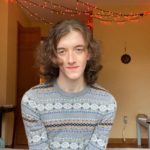
James La Bella (he/him) is a writer and performer from New England. He earned his BFA from Emerson College, with additional coursework completed at Harvard University. Jameslabella.com
View all posts


